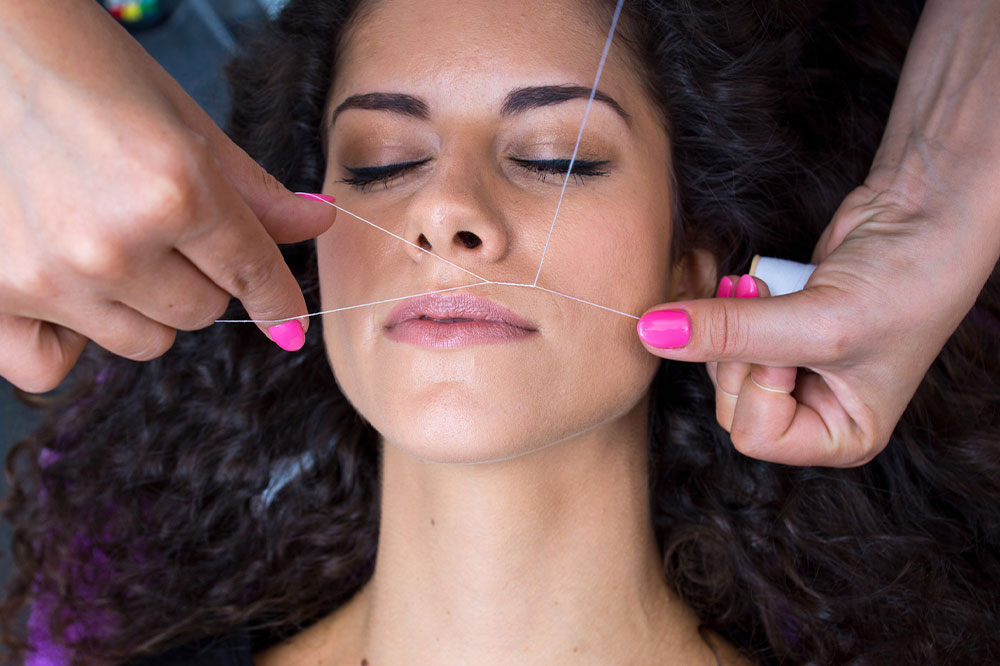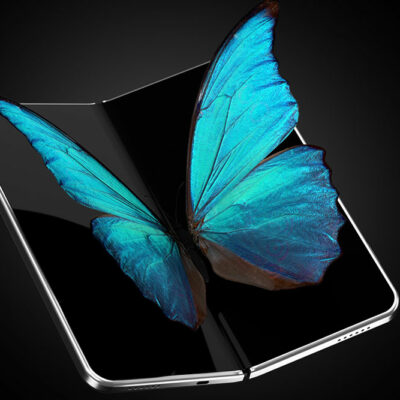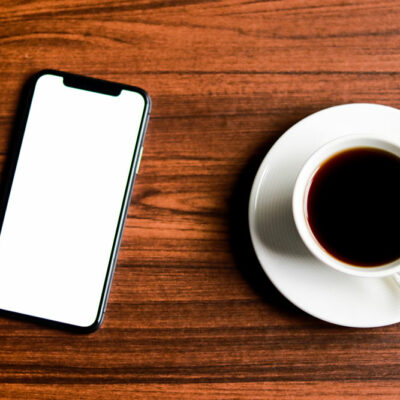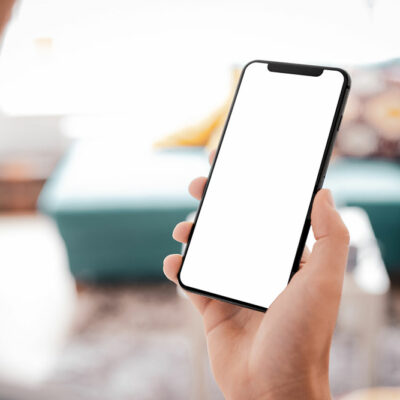
9 common hair removal techniques to consider
One may opt for hair removal to not just get rid of unwanted hair but also to prevent body odor and get a smooth skin texture. Although today, one can choose from several effective hair removal methods, they should consider all the available tools and techniques before choosing one. In the process, one should consider factors like the safety of the hair removal technique, skin type, and budget to make an informed decision.
Shaving
Owing to its convenience and affordability, shaving is among the most common hair removal techniques. It involves the use of a razor and shaving cream to remove hair from the skin’s surface. Shaving can be carried out using a razor with a couple or more blades, depending on the skin type and sensitivity and whether one is looking for a close shave. However, one of the disadvantages of shaving is that as it only eliminates hair at the surface, the hair begins to reappear in a few days. Moreover, issues such as razor bumps, itching, ingrown hair, and discomfort can arise during and after shaving. So, being gentle with the razor and using a good aftershave lotion can prevent or minimize such issues.
Tweezing
Tweezing has emerged as a popular hair removal technique, as it can be carried out at home to remove hair from its roots. The process involves stretching the skin surrounding the hair to be removed and using a pair of tweezers to pull out the hair strands. Tweezing may be used to remove excessive or unwanted hair from the eyebrows, nostrils, and face. On the flip side, tweezing can be a painful process; however, the pain is momentary. Moreover, not taking adequate care while tweezing can cause scraping of the skin, triggering scabs or dark spots. So, it is essential to tweeze gently and use a moisturizing lotion or facial toner after the process is completed.
Threading
Threading is a technique involving the use of a thin cotton thread to remove tiny strands of hair. The technique involves twisting one end of a thread between the hands, placing the other end firmly on the area from which hair must be removed, and moving the thread swiftly over the skin to pluck out each strand from its root. The entire process is typically completed within 10 minutes and is most suitable for removing fine strands of hair, such as those on the eyebrows and upper lip. However, it can cause skin irritation and discomfort at times. Here, applying a soothing cream or lotion after threading can prevent skin inflammation.
Trimming
Trimming involves using a pair of scissors to trim body hair. As the scissors do not touch the surface of the skin, trimming eliminates the chances of skin infections and discomfort. Moreover, it is an affordable and hassle-free hair removal technique. However, similar to shaving, trimming only removes body hair from the surface, so it is a short-term solution for minimizing the appearance of body hair.
Waxing
Waxing is another popular technique for getting rid of unwanted hair from different body parts. It involves spreading hot wax over the skin, placing a cloth strip over the wax, pressing it firmly, and pulling it off in the opposite direction. It is important to avoid hot showers immediately after waxing. Additionally, applying a cold pack can relieve any skin irritation or rashes. Further, using non-comedogenic moisturizer or lotion can help soothe the skin. As the technique removes hair from roots, it gives the skin an instant glow. Moreover, its effect lasts longer than that of threading and shaving. Waxing can be carried out on almost all body parts, including the arms, legs, upper lip, underarms, and pubic region. However, applying hot wax can harm the skin if one does not keep its temperature in check.
Sugar waxing
Sugar waxing is similar to waxing; however, the substance applied to the skin is a blend of lemon juice, sugar, and honey. So, it is a natural hair removal solution that minimizes inflammation and is suited to all skin types. However, in some cases, sugar waxing may not be effective in removing coarser hair from its roots, increasing the risk of ingrown hair.
Epilation
This technique calls for the use of an epilator—an electronic device that gets rid of body hair from the roots. The process involves holding the epilator loosely at a right angle to the skin and moving it gradually in the direction of hair growth. An epilator’s effect lasts longer than that of threading, waxing, and other hair removal techniques. Although the process may be uncomfortable and painful for beginners, it typically becomes manageable with practice.
Depilatory creams
Depilatory creams contain chemicals that melt skin hair when applied on the skin for a short period. Typically, depilatory creams should be left on the skin for anywhere between 3 to 10 minutes, depending on the instructions on the package. Leaving the creams for too long on the skin can cause burns and inflammation. Nevertheless, depilatory creams are pain-free solutions for hair removal and can be used on different parts of the body, from arms and legs to underarms and the pubic area. Today, a wide variety of depilatory creams are available, so It is important to explore all options and read user reviews to avoid creams with extremely harsh chemicals or irritants.
Laser hair removal
Here, the light emitted by a laser is absorbed by the hair pigment (known as melanin). This light is converted to heat, which destroys hair follicles in the skin and prevents their growth. So, laser treatment is considered the most advanced and long-lasting hair removal method. However, laser hair removal is more expensive than other techniques and may require multiple sittings.


